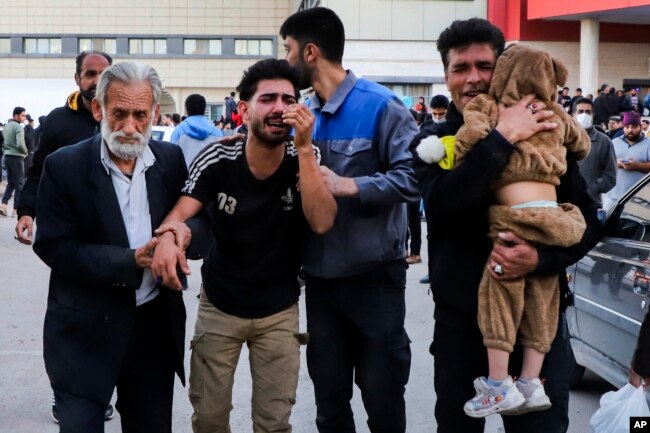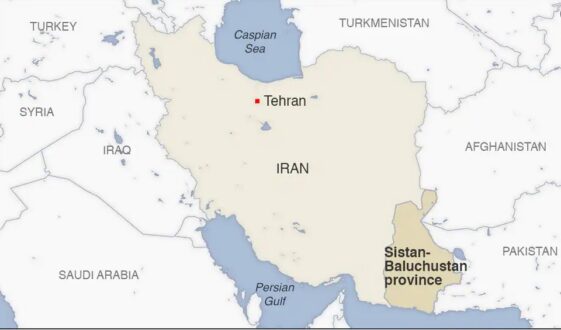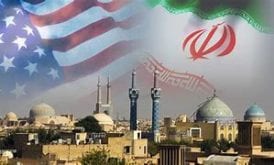VOA – The Islamic State terrorist group claimed responsibility Thursday for two suicide bombings that killed 84 people in Iran who had gathered for a memorial at the grave of Revolutionary Guards General Qassem Soleimani, who was killed four years ago by a U.S. drone strike.
In a statement on social media, Islamic State said two “martyr brothers” headed to the gravesite of Soleimani in Kerman on Wednesday in southern Iran and “detonated their explosive belts amidst the crowds.”
The Sunni Islamic State group said the attack was “by the grace of Allah” and part of its “Kill them wherever you find them” campaign targeting its enemies and others it considers infidels, including Shia Muslims in Iran.
Soleimani, who headed the Quds Force — the Iranian Revolutionary Guards’ foreign operations arm — was a staunch enemy of IS, a Sunni extremist group that has carried out previous attacks in majority-Shiite Iran.
IS last carried out an attack in Iran in October 2022, killing 15 people at a religious shrine.
Iran observed a day of national mourning on Thursday for those killed in this week’s blasts.
One Iranian official had called the blasts a “terroristic” attack.
The explosions occurred in Kerman, about 820 kilometers southeast of the capital, Tehran.

Iran’s Tasnim News Agency, quoting what it called informed sources, said “two bags carrying bombs went off” at the site.
The ISNA News Agency quoted Kerman Mayor Saeed Tabrizi as saying the bombs exploded 10 minutes apart.
Authorities said some people were injured while fleeing the initial explosion. A delayed second explosion is often used by militants to target emergency personnel responding to the scene, to inflict more casualties. People could be heard screaming on state TV footage.
In early 2020, then-President Donald Trump said he ordered the killing of Soleimani because the Iranian “was plotting imminent and sinister attacks on American diplomats and military personnel, but we caught him in the act and terminated him.”
The U.S. drone attack at Baghdad’s airport was assailed at the time by then-Iraqi Prime Minister Adel Abdul Mahdi, who called it “a brazen violation of Iraq’s sovereignty and a blatant attack on the nation’s dignity.”
Soleimani was the architect of Iran’s regional military activities and is considered a national hero among supporters of Iran’s theocracy.
He was widely regarded as a hero for his role in defeating Islamic State in both Iraq and Syria.
He helped secure Syrian President Bashar Assad’s government after the 2011 Arab Spring protests against him turned into a civil, and later a regional conflict that continues today.
Relatively unknown in Iran until the 2003 U.S. invasion of Iraq, Soleimani’s popularity and mystique grew after American officials called for his killing because of his role in arming militants with roadside bombs that killed and maimed U.S. troops.
In the years before the U.S. killed him, Soleimani had become Iran’s most recognizable battlefield commander, ignoring calls to enter politics but growing as powerful, if not more powerful, than the country’s civilian leadership.
Memorials to Soleimani on the anniversary of his death have drawn large processions in the past. At his funeral in 2020, a stampede broke out, and at least 56 people were killed and more than 200 were injured as thousands thronged the procession.
VOA’s Jeff Seldin contributed to this report. Some of the material came from Reuters, Agence France-Presse and The Associated Press.
 Shabtabnews In this dark night, I have lost my way – Arise from a corner, oh you the star of guidance.
Shabtabnews In this dark night, I have lost my way – Arise from a corner, oh you the star of guidance.



